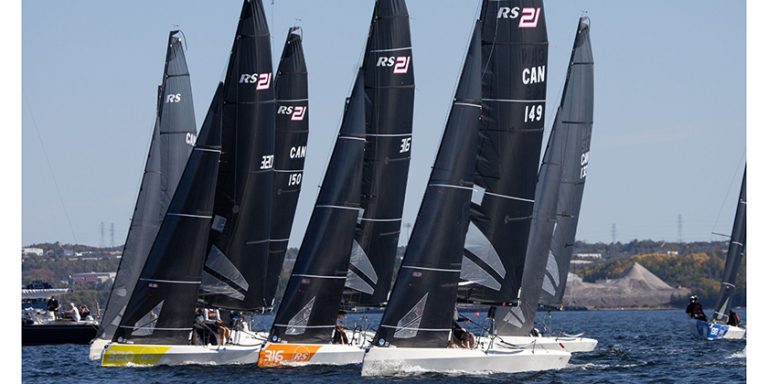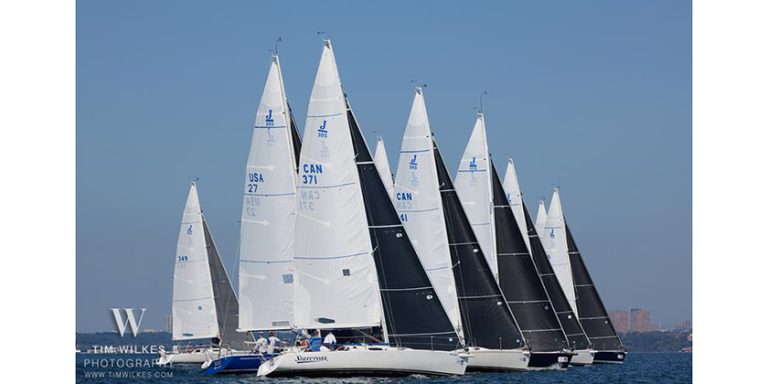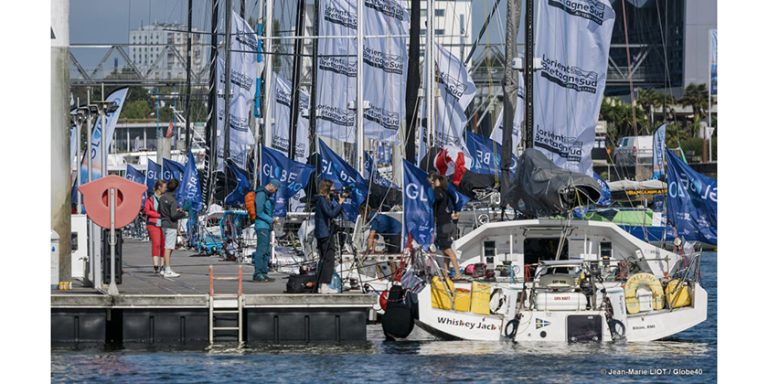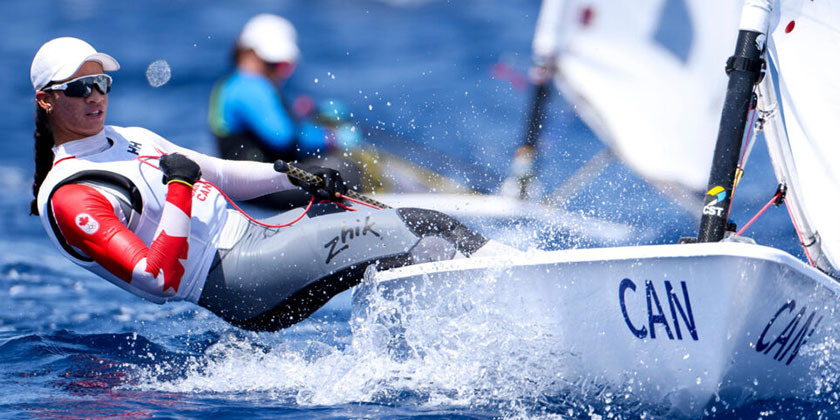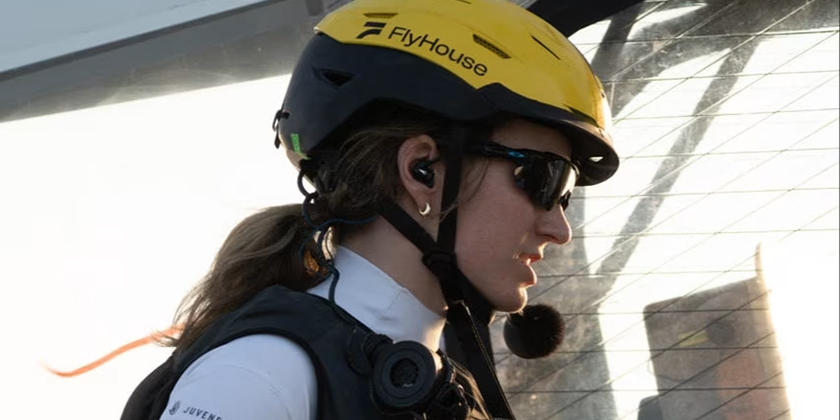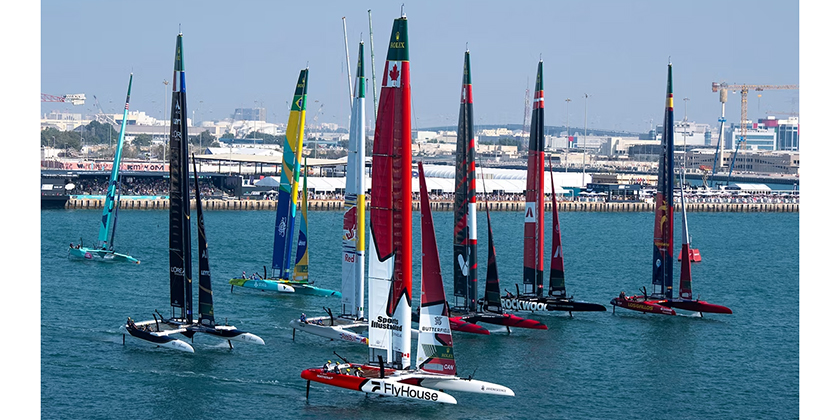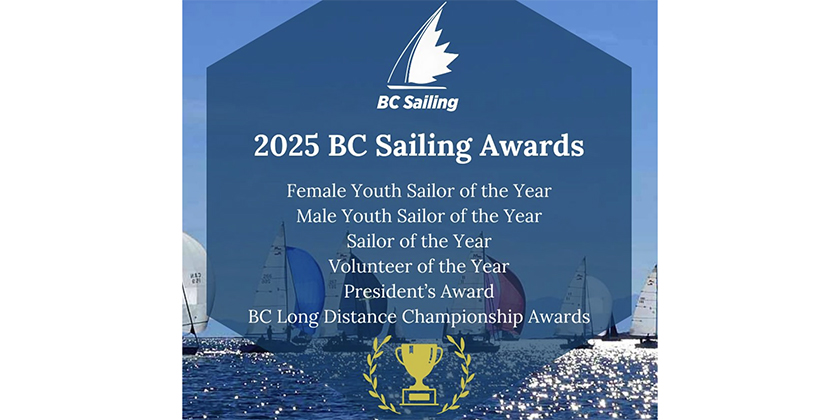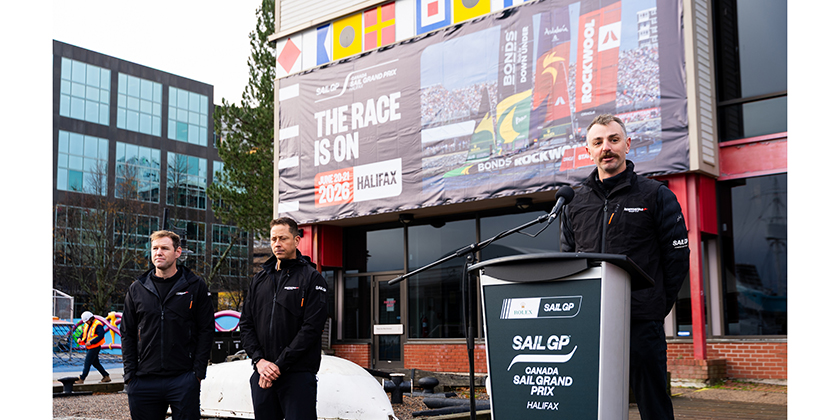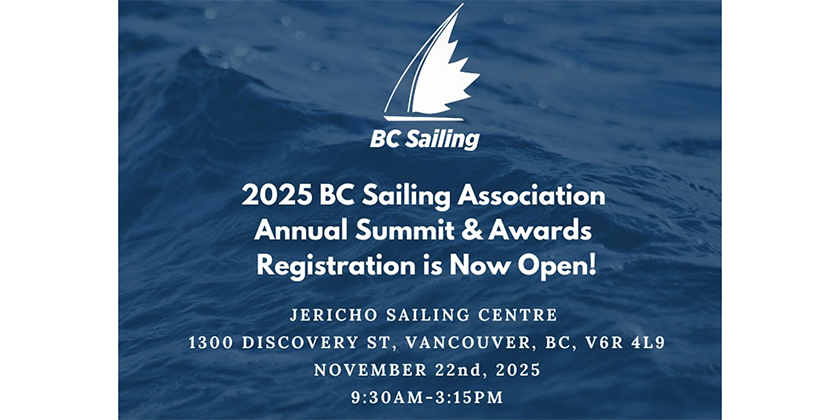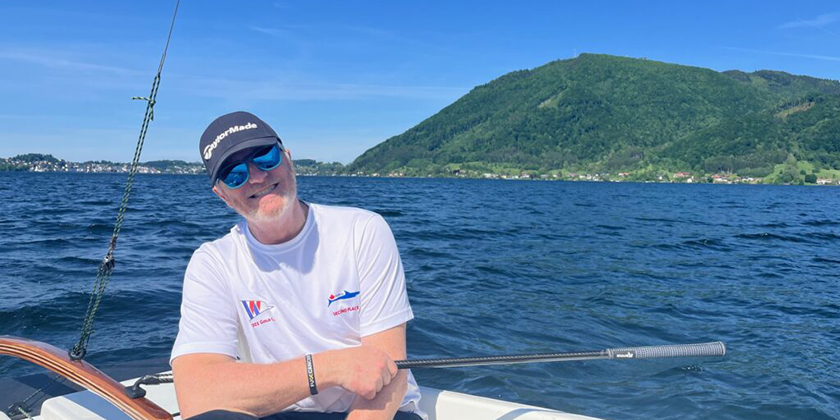PHRF POV: Friends Let Friends Race PHRF
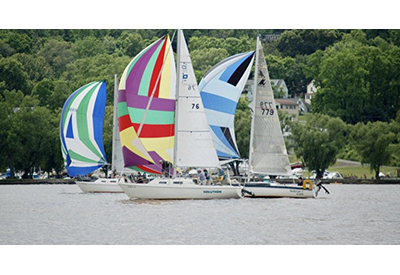
January 18, 2023
Welcome to 2023. Hopefully your New Year’s Resolution includes to race your sailboat this season. The good news – PHRF LO Racing is on the upswing.
Shifting north of the Caribbean (see Larry’s analysis of the Caribbean circuit here: Part 1, Part 2 and Part 3), I’ll focus on the handicap racing most of us do. If you are in or on waters that feed Lake Ontario PHRF LO is your home for quality handicapping. Being among the largest issuer of certificates in North America, PHRF LO has a very large data base to support and work from.
First things first, get your eyeroll done with and shift your thinking to “friends let friends race PHRF”. As a long time one design person I never truly appreciated the strides PHRF LO has made in the last number of years until I jumped in to help at our club as handicapper. Understanding the system (warts and all) is the best way to appreciate what a cost-effective system can do to try and make racing fun and accessible. It is an incredibly effective system that attempts to address such different types of boats from VX Ones to 8-Metre boats looking to create fair racing over wide wind ranges that often vary even within a race (think of the dropping wind as the sun sets in the summer).
PHRF stands for Performance Handicap Racing Formula, its ratings are based on observed performance but before a rating is assigned it is compared to other measurement specific rating rules such as ORC and IRC to see if there is an outlier number. Within the PHRF rating we consider things that make a go fast; sail size etc. and things that make boats go slow; fixed props etc. to adjust for variations of same or similar boats.
Is it perfect? No but neither was CCA, MORC, IMS, Ameri-Cap, and other system’s that have faded. It is based on observation so there is no design rule betters like we are seeing in some of the measurement rules where designers have found sweet spots and seem to do disproportionality well.
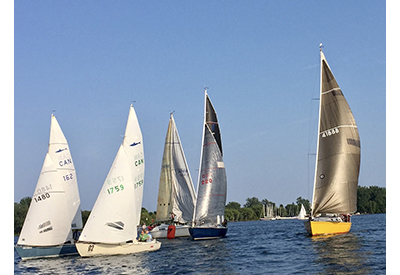 The PHRF LO website is an excellent source for information. There you can look up certificates for over 1,000 various sailboats, read newsletters, review race results, and read the minutes of all the meetings including Central Council.
The PHRF LO website is an excellent source for information. There you can look up certificates for over 1,000 various sailboats, read newsletters, review race results, and read the minutes of all the meetings including Central Council.
A standard PHRF boat would be configured with a folding prop, 155%LP headsail, a 180% spin on a 100% of J spin pole and a 100% mainsail. Typical boats are most of the fleet racing; CC’s, CS’s, Pearson, Sabre, some J boats. Measuring mid girth of headsails and 7/8ths of main closed a loop in sail size to better reflect what sails racers are using.
Measuring mains was a major amount of work for racers and measurers alike and it led to some boats getting a credit because of the rig design a 100% main didn’t fit is properly (think CC27) or they have roller furling mains with negative roach. J Boats all vary in design but sail primarily in their 0ne-design configuration 22,24,29, 30,35,70,88,111 etc. They may not be the traditional PHRF boat; for example, J24s have over size spin poles but class design 150% headsails. J22s have oversize poles but small class jibs at 98%. Their ratings are based on observed performance and there is lots of data for those 2 classes to support the rating. Sharks are rated in their class configuration with the class sails including the 180% genny and the requirement for the 60LB’s of motor in the stern lazarette and there is lots of boats and results to support the rating.
The rating system is not intended to be a mystery and it our belief that racers will (or should) maximize their boats for efficiency. This includes competitive sails, fair and clean bottom and systems that work well with good quality lines, blocks, travelers etc. To better explain how the numbers get to be I’ll use my own boat.
The boat I am currently racing is a Laser 28 certificate number 3329. Laser 28s have been a benchmark boat for several years (many more than I’ve raced it), meaning there is sufficient data to have faith that the number reflect accurately a fair number and is good data to which you can compare similar boats. The base rating of a class configured Laser 28 is 126. This means class sails including a 150% headsail and class spin. The class pole is oversize from a PHRF baseline (spin pole = J measurement) and that was factored into the rating. The boat is in its designed format, standard keel, rudder, interior. What our boat has, and some of the other one racing one Lake Ontario have, vs the fleet in Ottawa and Montreal, is a non-overlapping headsail with two full length battens as our biggest headsail. Ours has a LP of 100% but a mid-girth LP of more like a 130, so when total sail area is calculated it measures in as a 124% and gets a 6 second credit.
On the website you’ll find the handicapper’s manual, have a look, then chat up (or better yet volunteer to assist) your club handicapper to review to ensure you are getting the credits deserved and not unknowingly gaming the system, remember it is a self-policed sport and all certificates are available for review.
Volunteers
Speaking of handicappers, it is important to know that the whole PHRF system operates by volunteers save and except Diana, the extraordinary admin person who truly does all the heavy lifting for us racing with handicaps. The price of an annual certificate has been held to the “Canadian case of beer currency”. It is a more than reasonable amount and you are getting years of progressive development ensuring its as fair as can be. PHRF LO serves both Canadian and American boats.
Next time I’ll review the organizational structure, including what local, district and central council handicappers as well as the technical committee, special project working groups and executive committee’s do. I’ll highlight how changes to ratings occur and how to appeal a rating. I’ll talk a little about how to protest a rating as well as the future of PHRF LO based on the strategic plan that is under development.
The PHRF LO AGM is held annually at the Toronto Boat show. Each club registered with PHRF LO can come and has 1 vote. The meeting this year is this Saturday, January 21st. The awards presentation is at 10:00AM and AGM to follow at 10:30. It’s open to all, come say hi.
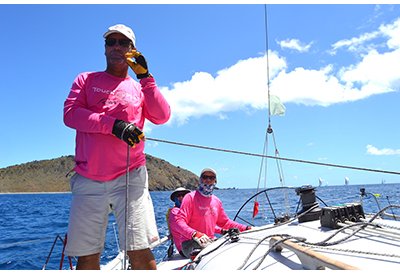 Larry Huibers, PHRF LO President
Larry Huibers, PHRF LO President
Sailing on the south shore of Lake Ontario, Larry and his wife and daughter have been sailing both one-design starting in their J22 and then transitioning to PHRF with various boats, most recently in Laser28 and Esse 850.
Lucky enough to race with some wonderful boats and greater crews on the Great Lakes, East Coast Southern US and the Caribbean. Currently trying to give back to sailing through volunteering with PHRF LO as current president.

